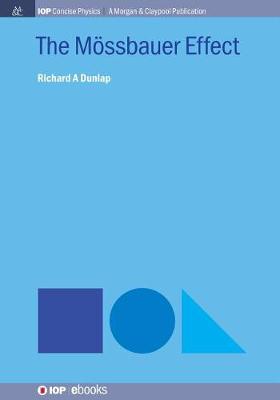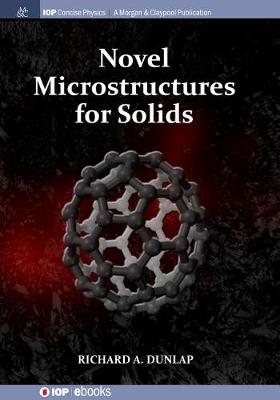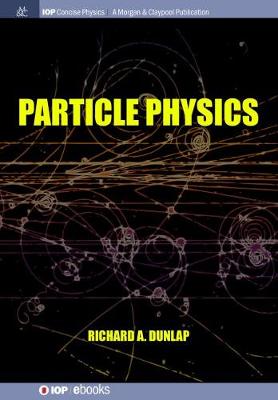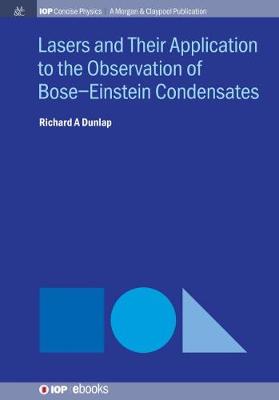Iop Concise Physics
5 total works
The present book deals with two cases where the charge transport in a solid is not described by the simple band structure picture of the solid. These cases are related to the phenomena of the quantum Hall effect and superconductivity. Part I of this book deals with the quantum Hall effect, which is a consequence of the behavior of electrons in solids when they are constrained to move in two dimensions. Part II of the present volume describes the behavior of superconductors, where electrons are bound together in Cooper pairs and travel through a material without resistance.
At first, this appeared to be a phenomenon related to nuclear energy levels that provided some information about excited state lifetimes and quantum properties. However, it soon became apparent that Moessbauer spectroscopy had applications in such diverse fields as general relativity, solid state physics, chemistry, materials science, biology, medical physics, archeology and art. It is the extreme sensitivity of the effect to the atomic environment around the probe atom as well as the ability to apply the technique to some interesting and important elements, most notably iron, that is responsible for the Moessbauer effect's extensive use. The present volume reviews the historical development of the Moessbauer effect, the experimental details, the basic physics of hyperfine interactions and some of the numerous applications of Moessbauer effect spectroscopy.
This book introduces the diversity of structures that are now known to exist in solids through a consideration of quasicrystals (Part I) and the various structures of elemental carbon (Part II) and through an analysis of their relationship to conventional crystal structures. Both quasicrystals and the various allotropes of carbon are excellent examples of how our understanding of the microstructure of solids has progressed over the years beyond the concepts of traditional crystallography.
Since the 1970s it has been known that the measured solar neutrino flux was inconsistent with the flux predicted by solar models. The existence of neutrinos with mass would allow for neutrino flavor oscillations and would provide an explanation for this discrepancy. Only in the past few years, has there been clear experimental evidence that neutrinos have mass.
The description of particle structure on the basis of the Standard Model, along with recent discoveries concerning neutrino properties, provides us with a comprehensive picture of the properties of subatomic particles. Part I of the present book provides an overview of the Standard Model of particle physics including an overview of the discovery and properties of the Higgs boson. Part II of the book summarizes the important investigations into the physics of neutrinos and provides an overview of the interpretation of these studies.
Lasers and Their Application to the Observation of Bose-Einstein Condensates
by Richard A. Dunlap
Applications of lasers include CD/DVD players, laser printers and fiber optic communication devices. Part II of this book describes the phenomenon of Bose-Einstein condensation. The experimental techniques used to create a Bose-Einstein condensate provide an interesting and unconventional application of lasers; that is, the cooling and confinement of a dilute gas at very low temperature.




